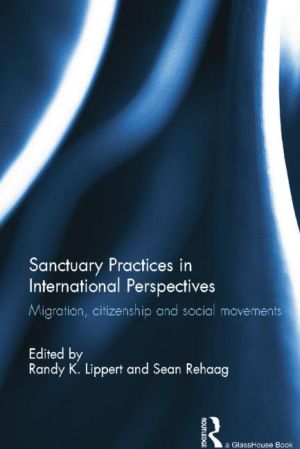
Sanctuary Practices in International Perspectives examines the diverse, complex, and mutating practice of providing sanctuary to asylum-seekers. The ancient tradition of church sanctuary underwent a revival in the late 1970s. Christian churches began providing physical protection to migrants living without legal status and who were facing imminent deportation in church buildings and communities: first in the United Kingdom and then in the United States, Canada, and several other European countries. These practices arose amidst a dramatic increase in the number of asylum-seekers arriving in the West, and a corresponding escalation in national and international efforts to discourage and control their arrival through myriad threats of deportation and other means.
This collection of papers by prominent US, European, and Canadian scholars is the first to place contemporary sanctuary practices in international, theoretical, and historical perspective. Moving beyond isolated case studies of sanctuary activities and movements, it reveals sanctuary as a far more complex, regional, theoretically-rich, and institutionally adaptable set of practices.